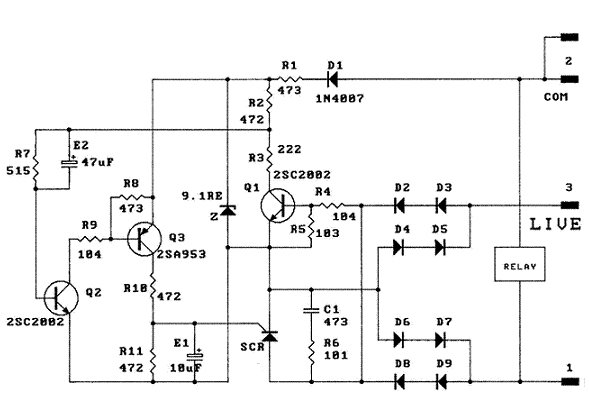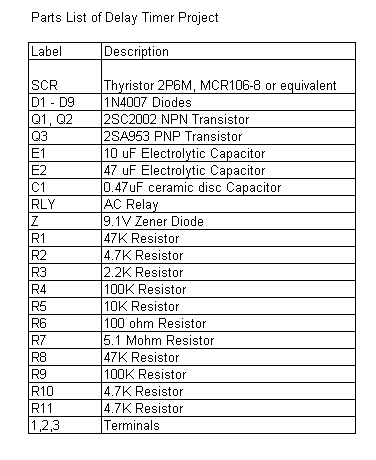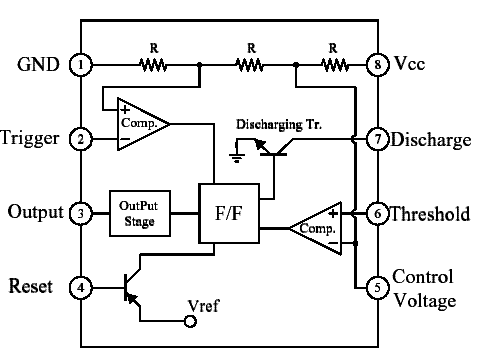[caption id="" align="aligncenter" width="300" caption="Image via Wikipedia"]

[/caption]
The electrocardiogram (ECG or EKG) is a noninvasive test used to measure the electrical activity of the heart. An ECG can be used to measure the rate and regularity of heartbeats, the position of the chambers, the presence of any damage to the heart and the effects of drugs and devices used to regulate the heart. This procedure is very useful for monitoring people with heart disease or to provide diagnosis when someone has chest pains or palpitations.
Leads are placed on the body in several pre-determined locations, usually the extremities or the front of the chest, to provide information about heart conditions. For our final project, we implemented a wireless electrocardiogram monitor.
The following figure describes the overall high-level design for our ECG monitor:

Three leads are placed on the subject --usually one on each side of the chest and on the lower abdomen. This signal is sent to the amplifier where it is amplified by a factor of one thousand. The signal is then sent to the voltage to frequency converter (VFC), which converts the signal to a frequency so that it can be transmitted. Since we desired the amplifier, VFC and transmitter to operate using only a single 9 V battery, a separate source splitter circuit was used to provide the proper voltage to each of the components.
Once the signal is received using the radio receiver, a voltage summer is used to add an offset voltage of approximately 800 mV to the signal in order to make the signal entirely positive. This signal is then amplified by a factor of three so that its maximum value exceeds the threshold of the required voltage for the frequency to voltage converter (FVC). After the signal is passed through the FVC, the output signal is displayed on an oscilloscope.
HardwareThe following schematic shows the amplifier section of the circuit:
DOWNLOAD THE SCHEMATICWith the reference lead of the the subject placed to ground, each of the input chest leads is sent to an input of the INA121 instrumentation amplifier. Using a 4.7k resistor, a gain of 11.7 results from this stage. Following the instrumentation amp, the signal is passed through two 10 uF capacitors, placed back to back. The capacitors are used to prevent baseline drift in the ECG signal. Putting two directional capacitors back-to-back forms a bi-directional capacitor. A time constant of 0.5 second was chosen to approximate the frequency of a standard ECG signal (a resistor of 100k can be connected to ground after the capacitor in order to make a time constant of 0.5 sec, but we found that this resistive element is unnecessary). This section is followed by two inverting amplifiers each with a gain of ten. The total gain of this part of the circuit is approximately equal to one thousand.
The following schematic, obtained from the LM231 data sheet, shows the VFC circuit used in our monitor:

DOWNLOAD SCHEMATIC1
V_logic is connected to the power supply Vs and all ground are connected to the negative terminal of the battery. Fout is a square wave of varying frequency with a maximum amplitude of Vs. A voltage divider is needed (200k and 10k variable resistor connected in series) is needed at pin 3 to scale the voltage down to around 20 -50 mV.
The output of the voltage divider is connected to the input of the transmitter shown in the circuit diagram below.
Please note: We added everything on this schematics except for the 22k and the offset adjust. We neglected those two elements completely.
The following schematic describes the the source-splitting and transmitter section of our project:
The source-splitting amplifier allows three different potential reference: + 4.5V, -4.5V and Ground. Since the BA1404 can only have +3V as its power supply, we used two diodes to create a total drop of 1.4V and this allows the transmitter to function properly. Another advantage to this setup is that every elements on this circuit can be powered off a signal 9V battery. Although not noted on this schematics, one should know that the input to the transmitter should be on the order of mV (5 - 50mV). Implementing a variable voltage divider to the input is very important. The nice thing about this setup is that one does not need an DC offset circuitry to adjust ECG signal from the output of the amplifier. Since our VFC is powered between -4.5V and +4.5V, it has a 4.5V offset already. If the ECG signal is centered at 0V with a swing from -0.5 to +0.5V, then the VFC sees it as 3.5V to 4.5V swing. It is important to know that VFC cannot have negative voltage as its input. Furthermore, making an inductor at the tunable FM transmitter range is a painstaking process. We found that by turning a wire 4 times around the pen allows the signal to be transmitted at 90 MHz.
Receiver Circuitry:
The following schematic shows the voltage summer and amplifier section of the project:

This section consists os a summing amplifier with a gain of one cascaded with an inverting amplifier with a gain of approximately two. The summer takes the input obtained from the receiver (a FM radio tuned at approximately 90 MHz) and adds it to a constant voltage obtained using a simple voltage divider. This signal is then sent to an inverting amplifier which provides a gain of two and inverts the signal after it has been inverted by the summing amplifier. The reason we amplified the signal is due to the fact that FVC (LM231) needs at least a 2V peak-to-peak amplitude. The signal coming from the radio receiver has a peak-to-peak amplitude around 500 mV. Increasing the volume will normally increase the signal amplitude but it will also decrease the signal-to-noise (SNR) ratio. The amplifier we designed at the receiving end increase the signal to at least 5V of peak-to-peak amplitude, which is sufficient for FVC conversion.
The following figure shows the FVC circuit, also obtained from the LM231 data sheet:

Equation used to calculated the voltage output due to the frequency response
Results
One of the most difficult parts about this project is setting up the VFC (Voltage-to-Frequency) and FVC (Frequency-to-Voltage). Through many experimentations, we found out that the VFC can not convert a signal varying more than 16 Hz into pulse train. For example, when we fed in a 100 Hz sine wave, we were getting a constant square as the output (thus a constant DC voltage). This could be a potential problem for ECG transmission since the QRS peak can occur as fast as 20 to 50 Hz. However, when we fed in square waves of varying frequency into the FVC, we could get a varying DC voltage as expected. This is probably the reason why we could not receive a nice-looking ECG waveform on the receiving end. Also, we believe that the signal was attenuated during the transmission process. We had a difficult time receiving a nice looking square wave from the FM radio receive. However, we were able to fix that problem by increasing the volume on the radio to create better rising and falling edges for the FVC. Finally, we noticed that our transmission range is about 10 feet, which is not very useful for a wireless ECG. The pictures below demonstrate our final result:

Transmitter Section (this includes, pre-amp, source-splitting, FM transmitter and VFC).
IMAGES OF CIRCUIT
1,
2,
3,
4,
5,
6,
REFERENCES
LM231.pdf (VFC and FVC)
LM158.pdf (Operational Amplifier)
INA121.pdf (Instrumentation Amplifier)
http://www.medicinenet.com/Electrocardiogram_ECG_or_EKG/article.htm
http://www.nlm.nih.gov/medlineplus/ency/article/003868.htm







![Reblog this post [with Zemanta]](http://img.zemanta.com/reblog_e.png?x-id=7fc63a5f-eae3-4d92-b146-099412bf24f5)

 d here allows these transmitters to be interfaced to a small
d here allows these transmitters to be interfaced to a small 


![Reblog this post [with Zemanta]](http://img.zemanta.com/reblog_e.png?x-id=e167da6f-7697-4bf7-811e-b7ab7d1a7613)
![Reblog this post [with Zemanta]](http://img.zemanta.com/reblog_e.png?x-id=ba434914-3edd-4f5b-96e7-81fd37632989)
![Reblog this post [with Zemanta]](http://img.zemanta.com/reblog_e.png?x-id=8e90e753-4fe0-42b3-8141-318ed983c207)
![Reblog this post [with Zemanta]](http://img.zemanta.com/reblog_e.png?x-id=92590781-1ac4-47db-aa50-bd103f00f001)





![Reblog this post [with Zemanta]](http://img.zemanta.com/reblog_e.png?x-id=b5c7b9b8-0a5e-4896-9f68-2d5c1f1257f7)

